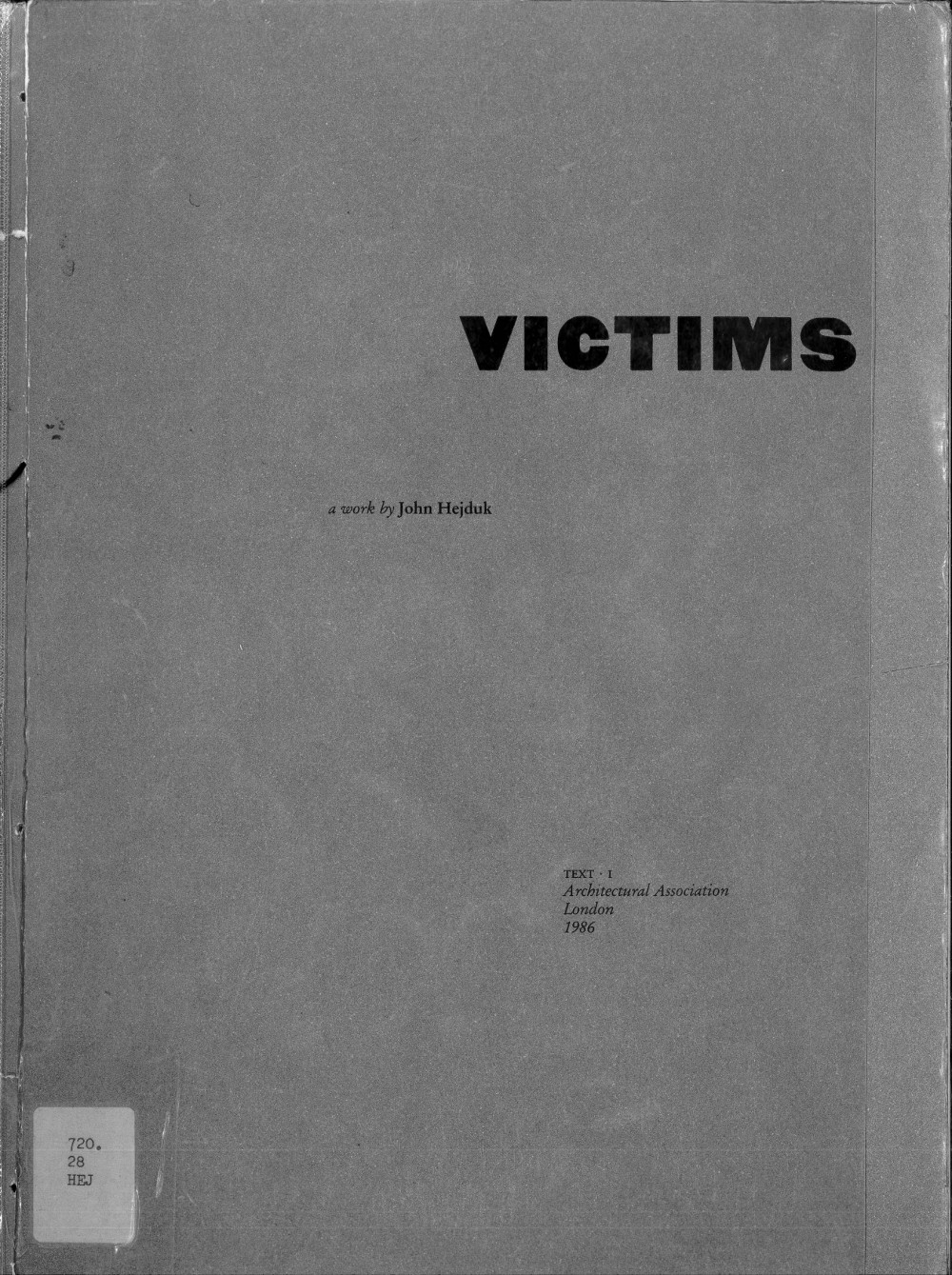Wellington Reiter: Vessels and Fields (1999)
Filed under book | Tags: · architecture, art, city, urbanism

“A collection of Wellington Reiter’s experimental projects, presented through a series of drawings that owe as much of a debt to Lebbeus Woods for their frenetic and intense energy as they do to Piranesi for their ability to use simple pen-and-ink linework to create unusually complex spaces. These fantastical projects-a mix of architecture, museum installations, and public art-often involve the reuse of obsolete military installations (abandoned missile silos, historic battlefields, and decommissioned aircraft carriers), which adds to the provocative nature of the work.”
“This collection of images was drawn, for the most part, from a lecture entitled, ‘The Necessity of Fiction in Architecture,’ (MIT, June 1994). In essence, the talk buttressed the role of speculation within the discipline and expressed the need for an operative mythology for the city. Rather than recount the arguments of that appeal, this visual text offers sub-plots which link the various works in ways that could only be discerned through graphic comparison. The result is neither a chronological record of development, an explanation of the projects, or even an accurate portrayal of the works in question. Instead, several formal and metaphoric consistencies are revealed and compounded. … Believing that much of architecture exceeds construction, this document is part of a tradition of proposing alternative pasts and futures for architecture and especially for the city. It is believed that such hypothesizing can influence our recption of real sites and therefore must remain an essential component of practice.” (page 10)
Foreword by Patricia Phillips
Publisher Princeton Architectural Press, New York, 1999
ISBN 1568981872, 9781568981871
188 pages
via tlukejones
PDF (68 MB)
Comment (0)Laura Allen, Luke Caspar Pearson (eds.): Drawing Futures: Speculations in Contemporary Drawing for Art and Architecture (2016)
Filed under book | Tags: · architecture, art, design, drawing

“Despite numerous developments in technological manufacture and computational design that provide new grounds for art and architecture, the act of drawing still plays a central role as a vehicle for speculation. There is a long and rich history of drawing that is tied to innovations in technology as well as revolutions in our philosophical understanding of the world. In consideration of a society now underpinned by computational networks and interfaces allowing hitherto unprecedented views of the world, the changing status of the drawing and representation as a political act demands a platform for reflection and innovation.
Drawing Futures is a compendium of the many approaches and directions in which drawing practice and research is heading. Featuring 60 projects from architects and artists to computer scientists and educators, the book opens up the discussion of how drawing may expand synchronously together with technological and computational developments.
The book coincides with an international conference of the same name, taking place at The Bartlett School of Architecture, UCL, in November 2016.”
Publisher UCL Press, London, 2016
Creative Commons BY-NC-ND License 4.0
ISBN 9781911307266
288 pages
Project website
Publisher
OAPEN
WorldCat
PDF, PDF (19 MB)
Internet Archive
John Hejduk: Victims (1986)
Filed under book | Tags: · architecture, memory

An architectural performance of 67 structures planned over 60 years, on the razed site of a Nazi torture chamber in Berlin, investigating a cryptic and negative architectural representation of loss, memory and the passage of time.
Publisher Architectural Association, London, 1986
Text series, 1
ISBN 0904503771, 9780904503777
[45] folded leaves
via tlukejones
Video footage from related exhibition at the AA in 1986 (48 min)
Commentary: AA Collections blog (2015-16).
PDF (86 MB)
See also Hejduk’s The Collapse of Time: Diary Constructions, 1987.

